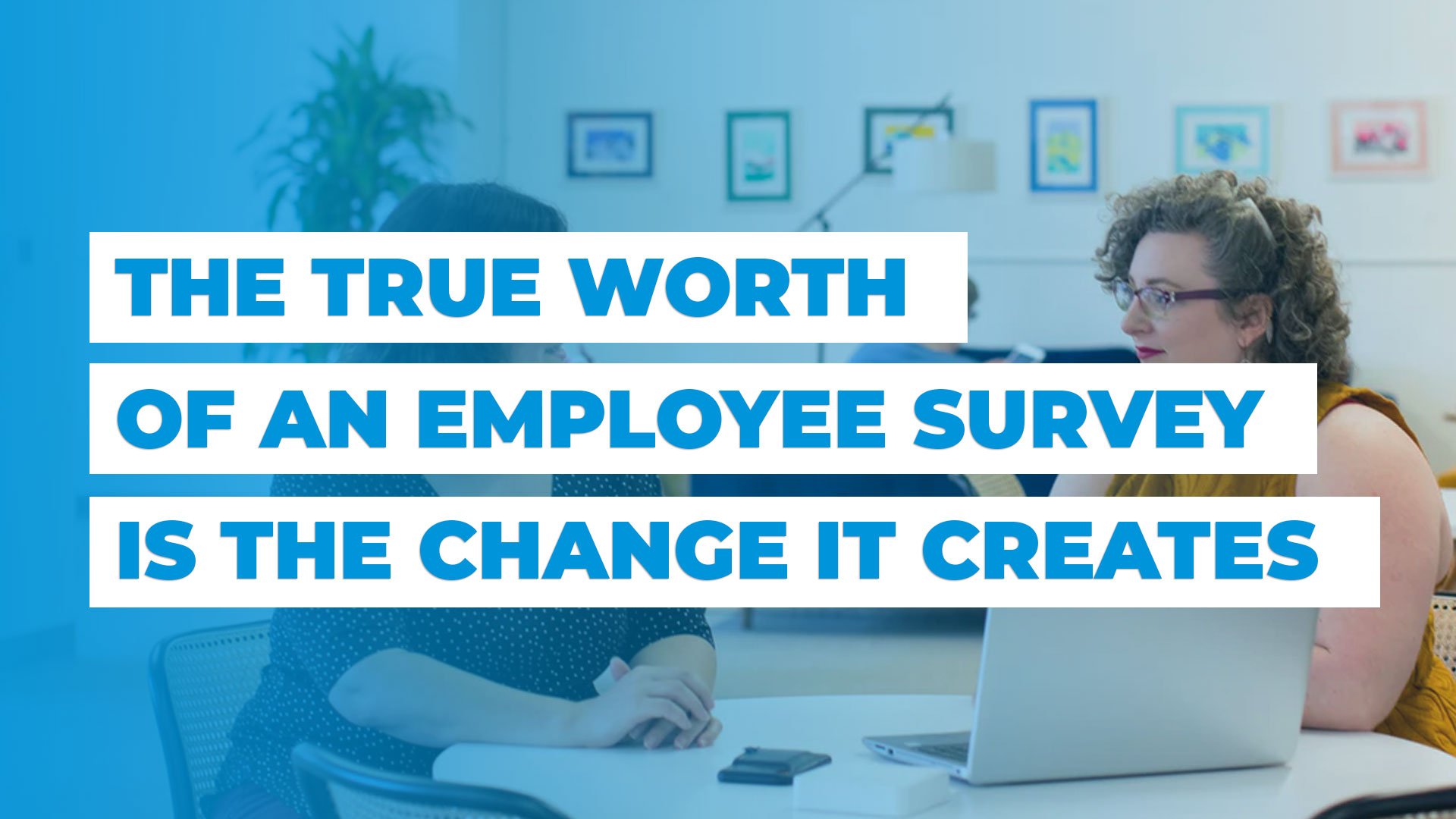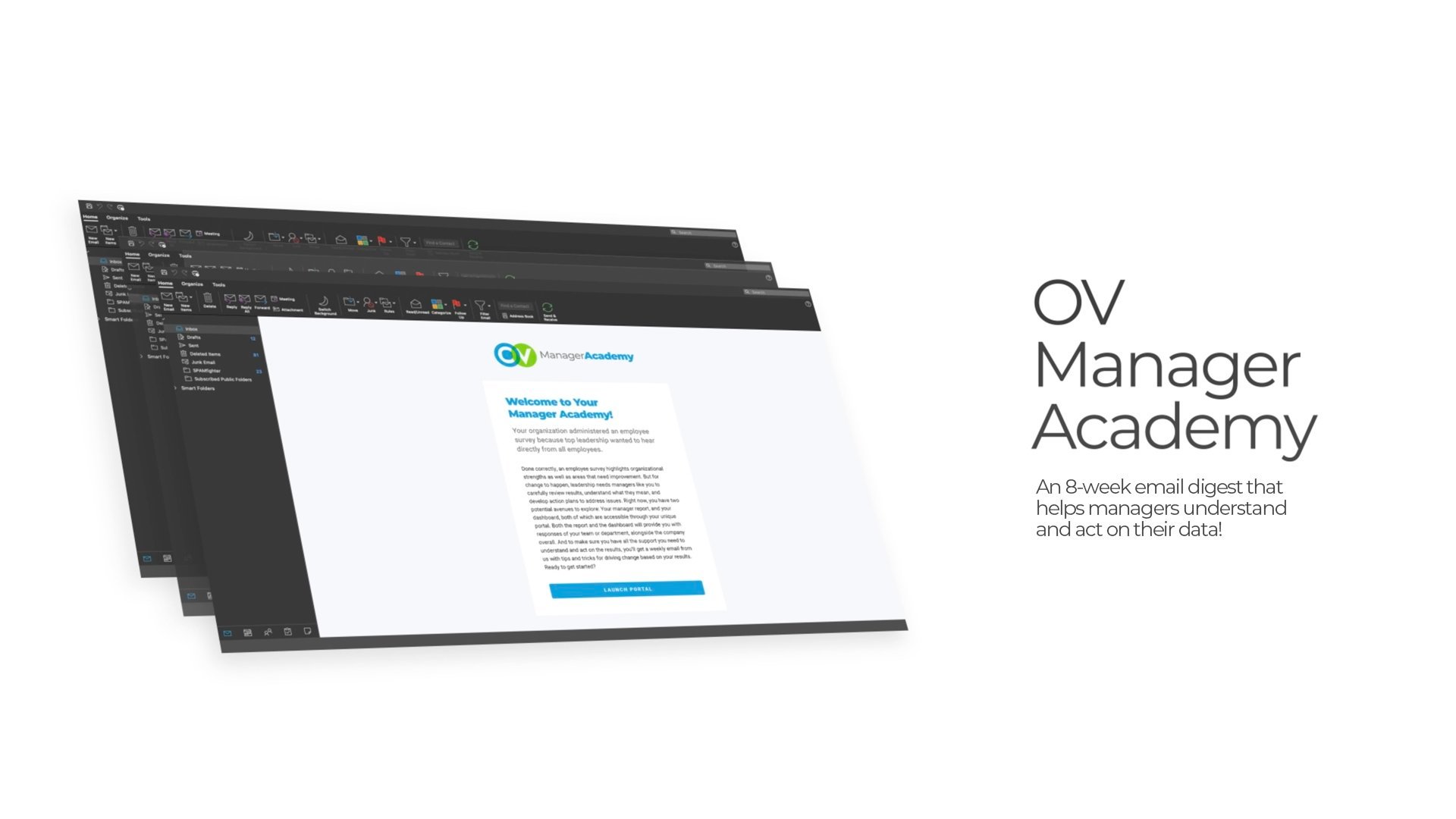
We once met someone who boasted a 100% response rate. Their trick? They told staff that if every single employee took the survey they could have off the week between Christmas and New Year.
We get it. Leadership is eager for results that represent the organization at large, and HR has put a lot of sweat into crafting an authentic survey. Yet bribing your employees to take a survey is counterproductive. Here are some proven strategies for increasing your response rate:
Ensure Employee Confidentiality
Often, we hear that the main reason employees may not want to participate in a survey is trust. They are unsure whether the organization will track their responses back to the individual. Using a third-party vendor can help alleviate these concerns, especially if you communicate how results will be kept confidential.
[Read More: 5 Questions Every Survey Team Needs to Ask About Data Privacy]
Remove Any Obstacles
Another way to ensure employees take the survey is to make it easy for them. Make sure your survey is accessible on any device and browser. For some organizations, this may mean reaching employees through different avenues, such as Slack, text messages, QR codes, emails, or kiosks. Make sure pause and resume capabilities are built in, so that users that get pulled away can pick up where they left off.
While paper has largely fallen out of favor as cost prohibitive, some organizations still choose to offer it as an option for certain populations. The key is to make sure all employees are included in the survey effort, and that the survey is easily accessible, regardless of job type, schedule, location, or different abilities.
Another barrier is survey fatigue. If employees are constantly bombarded with surveys or if the surveys are too long and time-consuming, they may be less likely to participate. Often, when considering the risk of survey fatigue, survey practitioners consider things like length and frequency of surveys, trying to figure out how much time is spent on surveys. This is a good consideration but not as impactful as considering the extent to which employees felt heard after the last survey. Survey action fatigue is much more common than survey time fatigue. If employees feel they are constantly answering surveys and never have meaningful follow up conversations or see real change, it feels like a waste of time. Employees who feel their feedback is part of a meaningful ongoing two-way conversation are typically happy to spend a few extra minutes providing feedback.
A smart listening strategy considers the purpose of every survey, along with the frequency and length, while also communicating both the purpose and the outcomes so that employees understand that their time and input are valuable to the organization.
Craft Effective Communications
When employees understand that leadership cares about and pays attention to the feedback gathered, they are much more likely to take the survey. When new clients come to us and ask how they can boost dismal response rates, we often start by helping them craft clear, concise, and compelling messages. These messages need to state why the organization is choosing to survey, how they will share the results with the rest of the organization, and, most importantly, how they plan on acting on results. Sending these messages from top leadership is critical in boosting response rates.
Timing is also crucial when it comes to survey communications. Organizations should send notifications prior to the survey launch to ensure that employees are aware of the upcoming survey, and then reminders only to those who haven’t taken the survey. Once the response rate hits 51%, it’s particularly effective to send a targeted message saying “Most of your co-workers have taken the survey. Don’t be left out.” This behavioral economic nudge has been proven to work.
Use Results to Drive Improvements
One of the best ways to ensure high response rates year-over-year is to show the action that comes directly from the survey results. This can be done through company-wide meetings, presentations, internal communications, and more. By sharing the survey results and plans for action, organizations demonstrate transparency and create a sense of accountability.
Shorter pulse surveys focused on action items can help measure the effectiveness of an organization’s efforts, while simultaneously showing employees the commitment to meaningful change.
[eBoook: Drive Action with Your Employee Survey Data]
So, what’s a target level for response rates? Often it depends on your organization. If you’ve historically hovering around 50% even getting it up to 60 or 70% represents significant growth. Just like survey content, response rates will be unique to your organization as well. Typically, at 75% or greater, we can feel confident that the overall results are statistically representative of the full organization, and most managers will meet minimum n and receive a report, enabling results conversations at the local level. Some organizations may have higher response rates. Once above about 90%, we want to be careful that we aren’t overly pushing people to take the survey – extremely high response rates can be a sign that employees feel they must take the survey. Of course, some organizations truly do just have very high response rates.
Author

Amanda focuses on business development, including creating branded content, managing special events, and working with clients to enhance their internal communications. Amanda comes to OrgVitality from the media industry, where she had 20 years of experience writing for national magazines, newspapers, online publications, and television news programs. She graduated from Columbia University with a B.A. in English and Comparative Literature







